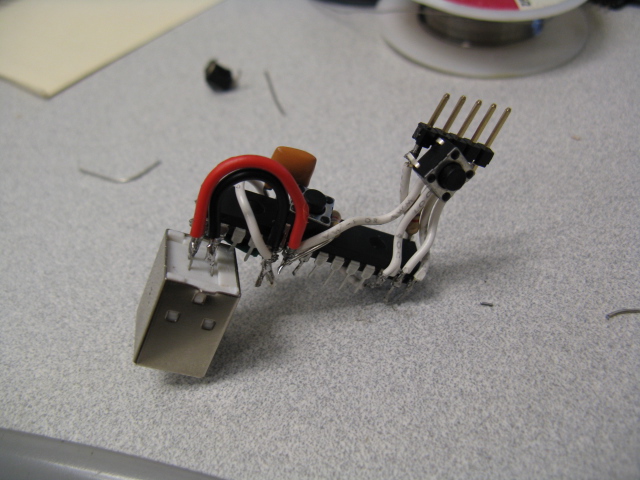Welcome, this is the discussion board of TASVideos.
If you have a question, please read the Site FAQ first to see if your question has already been answered.
Be sure your posts conform to Site Rules
We also have a Discord server and an IRC channel #tasvideos at irc.libera.chat...
Be sure your posts conform to Site Rules
We also have a Discord server and an IRC channel #tasvideos at irc.libera.chat...
 I didn't find out that I had extra PDIP sockets until after I was about 3/4 of the way done.
Just need to hook up an NES connector to it :)
Edit: whoops, forgot to attach my decoupling cap...it's there now :)
I didn't find out that I had extra PDIP sockets until after I was about 3/4 of the way done.
Just need to hook up an NES connector to it :)
Edit: whoops, forgot to attach my decoupling cap...it's there now :)











